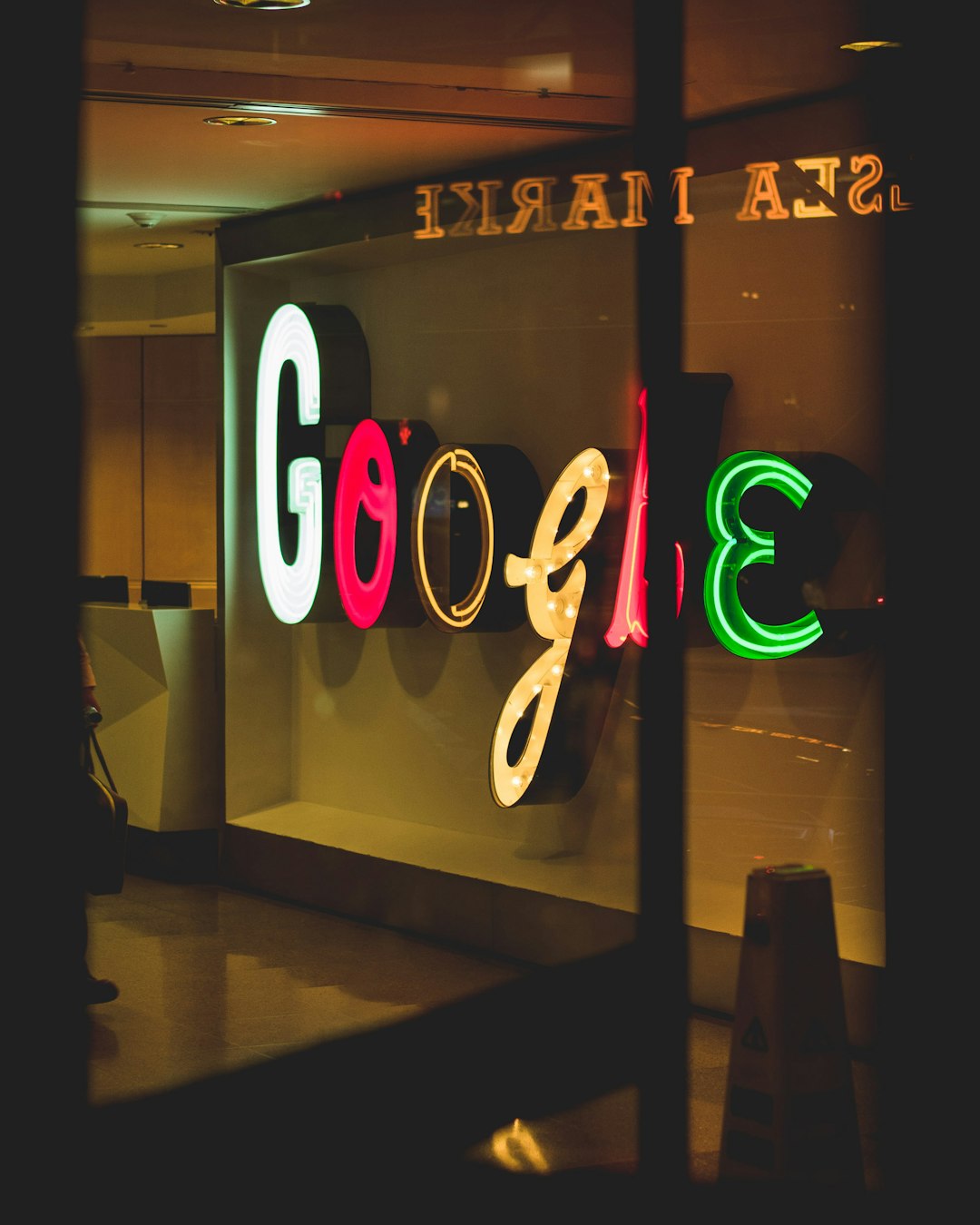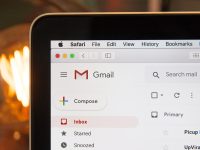Once upon a time, email wasn’t so fun. It was slow, clunky, and limited. Many people had only a few megabytes of storage. Emails had to be deleted often. Searching through mail was a pain. But then, something exciting happened. Google decided to launch its own email service — and the internet hasn’t been the same since.
Back in the early 2000s, things were changing fast on the web. Google was already a major player with its powerful search engine. People loved how simple and fast it was. But no one expected the company to take on email. That all changed on April 1, 2004.
Was It an April Fools’ Joke?
The date of Gmail’s release — April Fool’s Day — made many people question if it was real. At that time, Google had a history of pulling pranks on April 1st. So when they announced a new, free email service offering 1 GB of storage, some thought it was just another joke.
Back then, most email services like Yahoo! Mail and Hotmail (now Outlook) only gave users a few megabytes of space. Google’s offer of 1 GB was gigantic. It was about 500 times more than what people were used to.

But it wasn’t a prank. Gmail was very real, and it quickly grabbed the world’s attention.
The Beginning: Gmail by Invitation Only
Gmail didn’t launch for everyone right away. In fact, in its early days, it was available by invitation only. Google wanted to slowly scale the service and make sure it worked well. So if you wanted a Gmail account, you had to get lucky — or know someone who already had it.
This made Gmail seem exclusive and even more desirable. At one point, people were selling Gmail invitations on eBay! Some were going for over $150. That’s how much people wanted to try out Gmail’s shiny new service.
Why Was Gmail Special?
Here are a few reasons why Gmail stood out at the time:
- Lots of Space: It offered 1 GB of storage — a huge deal!
- Search Bar: Gmail let you search your messages like you searched the web — fast and easy.
- Conversation View: Emails were grouped into threads, making it easier to follow conversations.
- Spam Filtering: Early Gmail had strong spam filters that worked better than most rivals.
Google used its powerful tech to make email smarter. With fast search, no need to delete mail, and clever tools, Gmail felt like future-tech.
From Beta to Boom
Gmail was a beta product for a long time — more than five years! That means it was still being tested publicly. During that time, Google kept improving it and adding features.
Gmail stayed invite-only for quite a while. But by 2007, more people had access, and it started becoming one of the most popular email services in the world.

Finally, on July 7, 2009, Gmail left beta. It was now part of Google’s core offerings, alongside Search, Ads, and Maps. By then, hundreds of millions of people were using it.
Quick Timeline from Wikipedia Info
Let’s look at how Gmail grew over time. Wikipedia gives a great timeline of big moments:
- 2004 (April 1): Gmail launched with 1 GB storage – shockingly huge at the time!
- 2005: Gmail added support for rich text formatting and expanded invites.
- 2007: Gmail mobile app and IMAP support launched – email on the go!
- 2009: Gmail came out of beta after 5+ years of testing.
- 2012: Topped 425 million active users worldwide!
Each of these updates made Gmail more powerful and user-friendly. The impact? People started moving away from older platforms and switching to Google.
Gmail Changed the Game
Before Gmail, email was just email. Gmail helped make it smarter, faster, and fun to use. Here’s what changed:
- Tags Instead of Folders: Gmail used labels. It was a whole new way of organizing emails.
- Powerful Search: No more wasting time digging through old emails.
- No Ads in Your Face: Gmail had clean ads, targeted to your interests but not annoying.
But perhaps the biggest change — Gmail made people fall in love with email again.
Behind the Scenes
The idea for Gmail came from a Google engineer named Paul Buchheit. He started working on it in 2001 — long before it was released to the world. In fact, Gmail was one of the company’s famous “20% time” projects. That meant employees could spend 20% of their time working on things they were passionate about.
Buchheit wanted to bring the power of Google’s search to email. He also wanted to solve the biggest problems people had with their inbox — slow loading, too many folders, and tiny storage.
He built the first version in secret. Then he showed it to some coworkers. They loved it. And Google eventually made it official.

The Growth Goes On
After its early success, Gmail kept growing. It added features like:
- Smart inbox sorting (important vs. not important)
- Integration with Google Drive and Calendar
- Undo Send (life-saver!)
- Two-step verification for more security
- AI-powered smart replies and email predictions
The Gmail team built and tested constantly. They listened to users and made changes. All the while, millions and then billions of people relied on it every day.
What Does Wikipedia Say?
According to Wikipedia’s page on Gmail, Gmail’s launch marked a turning point in the history of email. The service’s large storage, speed, and user-friendly design set new standards. Wikipedia also credits Gmail for pushing other providers — like Yahoo! and Microsoft — to improve their offerings.
It didn’t just beat the competition — it changed the competition.
Here’s what else Wikipedia highlights:
- Gmail supported “conversation view” before anyone knew they needed it.
- It used AJAX, which made the interface smoother and faster — a big deal in 2004!
- Its invite-only model helped build hype and manage traffic during early development.
Wikipedia treats Gmail as a transformative product — and with good reason. Few services have shaped how we communicate on the web quite like Gmail.
Final Thoughts
From a surprise April Fools’ launch to a billion users around the globe, Gmail has come a long way. It redefined how we think about email. And as Wikipedia notes, it wasn’t just about sending messages. It was about changing the conversation.
So, the next time you open your Gmail inbox, remember — you’re part of tech history!



Leave a Reply